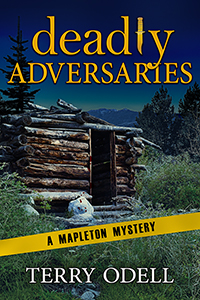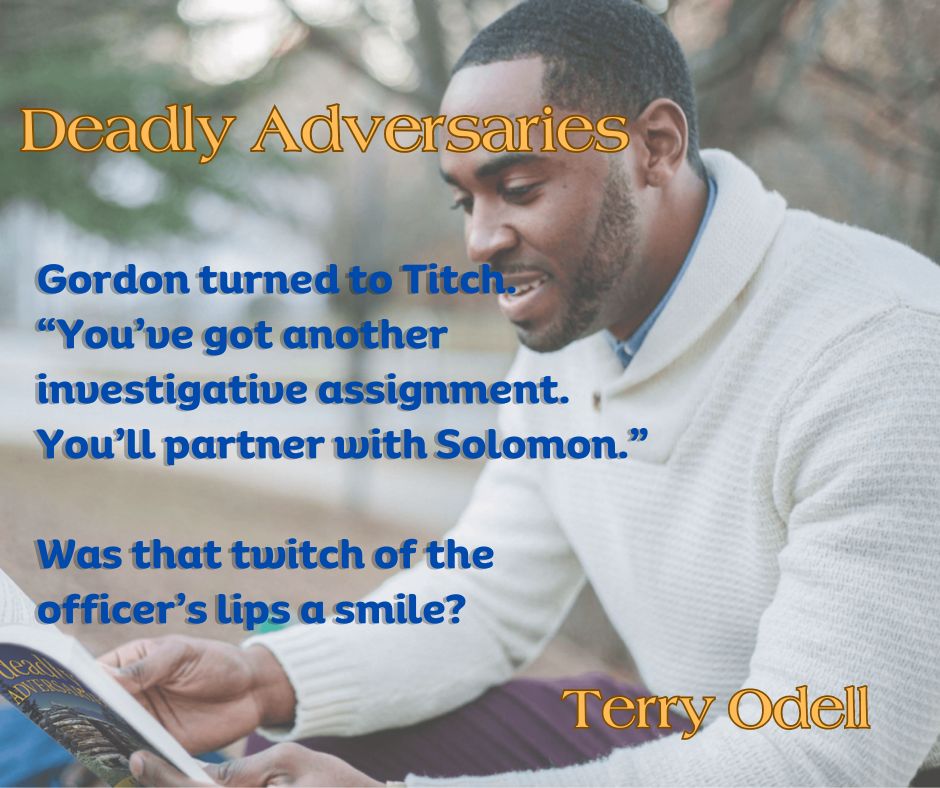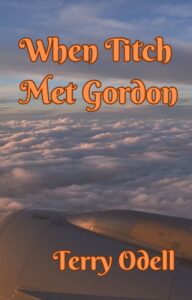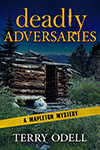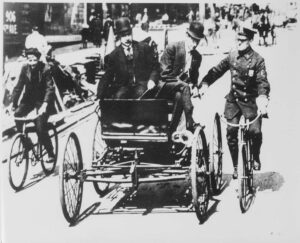Charlie Munger has died. Mr. Munger was ninety-nine and lived a long, brilliant life. He was highly successful in many fields. Making money, for sure, but he accumulated and distributed vastly more valuable assets of wealth such as life long learning and influencing others to think by writing.
Charles T. Munger was the multi-billionaire vice president of Berkshire Hathaway, one of the world’s leading financial institutes. He was the man who taught Warren Buffett how to invest and stood giant as a role model for many thought leaders. That includes writers—past and present—who used Munger mental models to help understand and articulate their thoughts.
Shane Parrish is one of those thinkers and writers. Shane hosts the Farnam Street website. It’s named after the lane in Omaha, Nebraska where Charlie Munger lived his entire life.
Farnam Street is a thought-provoking site and publishes every Sunday morning. Last week’s edition included a piece titled Writing To Think. Shane, being a Munger disciple and promoter of works like Poor Charlie’s Almanack and The Psychology of Human Misjudgement, encourages his followers to freely share his material. With that invitation, I’m going to repost Shane Parrish’s article, Writing To Think.

Writing to Think by Shane Parrish
A few weeks ago, my 13-year-old son asked me why writing was so important. He wasn’t happy. One of his teachers had asked him to write an essay and he would rather use AI to generate it for him and be done with it.
The question seemed as natural to him as using a dishwasher is to us. If there is a better, more convenient way to do this, why not use it?
Today’s kids are growing up in a world where they can generate essays in seconds. Many employees are already using AI for a lot of simple tasks like email, catching up after vacation, summarizing meetings, and drafting PowerPoints. While some of these tasks might be accomplished more efficiently by ChatGPT than by human effort, I’d argue there are times when inefficiency is the point.
The reason they teach writing to kids in school is not to generate endless essays on history or books but to create a space to practice reasoning. By delegating writing to AI, my son might be reducing his time spent doing homework. But he’s missing the chance to think more clearly about the topic at hand.
Writing forces you to slow down, focus your attention, and think deeply. In a world where attention is fragmented in seconds, thinking becomes more reactive than reasoned. Only when we have time to play with a problem can we hope to think about it substantially. Writing requires sticking with something a little longer and developing a deeper understanding.
Mortimer Adler once said, “The person who says he knows what he thinks but cannot express it usually does not know what he thinks.” We all know someone with this surface level of understanding. They read an article or two and have the confidence of an expert. It’s as if you are having a conversation with someone who tells you they are a hockey player, only to find out they’ve never skated.
Writing is the process by which you realize that you do not understand what you are talking about. Of course, you can learn a lot about something without writing about it. However, writing about something complicated and hard to pin down acts as a test to see how well you understand it. When we approach our work as a stranger, we often discover how something that seems so simple in our heads is explained entirely wrong.
Most organizations see PowerPoint and writing as interchangeable. They are not. Powerpoint masks poor thinking. Just because presentations are easy to create doesn’t mean the person creating them understands what they are talking about. If my experience is any indication, about 30-40% of people giving presentations lack more than a surface-level knowledge of what they are presenting. All the time spent making the presentation look good comes at the expense of wrestling with the problem and developing unique insights.
Pretty graphics don’t only drug the presenter, they also intoxicate the audience. When dressed up, even poor thinking can come off as well thought out. Writing avoids this because it strips away the fancy graphics. Poor thinking has nowhere to hide.
Other than reading them yourself, one way to test your ideas is to let others read them. Strangers reading your writing can’t see all the thoughts in your head, only the ones you put into words and share. It’s easy to assume the people who disagree with you are wrong. Sharing your understanding with the world allows you to not only test your thinking but gain the perspective of others (as the comments here will no doubt do). Writing forces you to step on the ice and skate.
Anyone who’s ever revised a piece of writing and done it well knows the pain of having to kill their darlings. But deleting, in writing and life, is a valuable tool. When you write, you develop an attachment to the text you produced only because you produced it. Choosing to discard writing forces you to reconcile between what is true and what you wrote, which can lead to tremendous personal growth both in writing and in life.
AI-generated text, on the other hand, is disposable by nature. It doesn’t force you to practice attachment and letting go. The most important key on the keyboard and in life is often the one that deletes.
Deciding what to pay attention to and, more importantly, what to overlook and remove, is one of the most critical skills. Breaking a problem down into its essential elements and reassembling it from the ground up helps you to discern fact from opinion. Wisdom is as much about knowing what to ignore as it is about what to pay attention to.
Perhaps the best reason to write is that it offers a vehicle for discovering deeper insights.
Practically speaking, writing forces you to take a complicated and ill-defined problem and compress it into something more manageable. This ‘compression’ is useful. Not only does it help you remember your ideas, but it helps you develop new ones. Paul Graham put it this way: “A good writer doesn’t just think, and then write down what he thought, as a sort of transcript. A good writer will almost always discover new things in the process of writing.”
The insights you discover are not limited to the subject you write about. You also learn about yourself. Writing doesn’t just convey your ideas; it conveys a part of you. Your personality and worldview become part of the work itself. While the reader remembers the story, the writer is forever changed.
Many things can be done by tools that write for you, but they won’t help you learn to think, understand deeper, or solve hard problems.
When it comes to my kids, I told them, “One of the ways we learn to think for ourselves is to write out our thoughts.” When your invisible thoughts become visible, you are forced to wrestle with them in reality and not your imagination. “But Dad,” they protested as they continued to write in their summer journals, “It is so much easier to outsource to AI.”
They’re right. But they aren’t yet smart enough to see that in a world where intellectual labor is increasingly outsourced to tools, the human aptitude for clear thinking and unique insights will become all the more valuable.
_ _ _
Kill Zoners — Does this piece resonate with you? Please share your thoughts on writing to think—and thinking to write—with our group.










 This is my last post before TKZ takes its annual holiday hiatus, and I’d like to wish everyone a happy whatever you celebrate. If things have gone according to plan, I’m in Prague on my way to Vienna to embark on a Danube river cruise. I’m not likely to be around to respond to comments immediately, but I’ll do my best to check in.
This is my last post before TKZ takes its annual holiday hiatus, and I’d like to wish everyone a happy whatever you celebrate. If things have gone according to plan, I’m in Prague on my way to Vienna to embark on a Danube river cruise. I’m not likely to be around to respond to comments immediately, but I’ll do my best to check in.